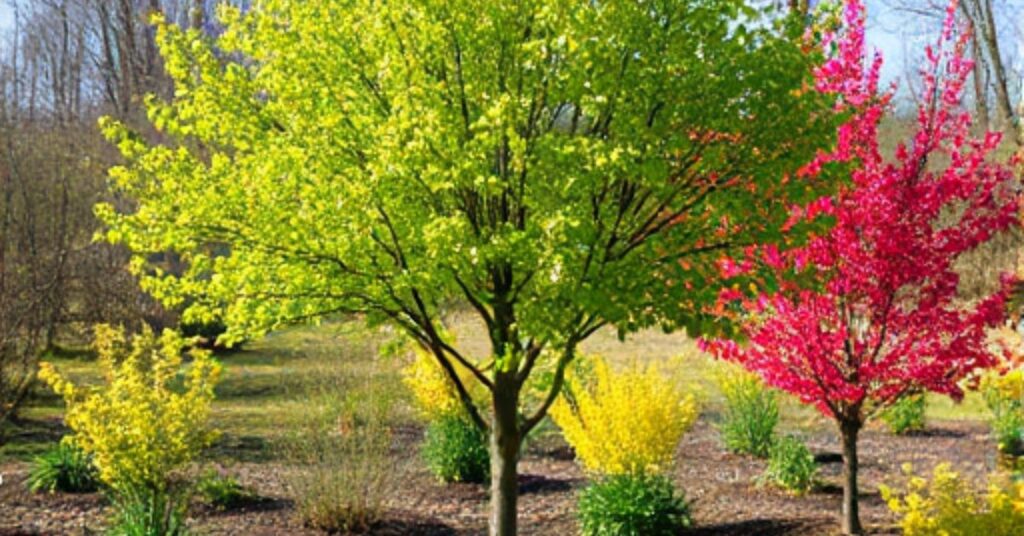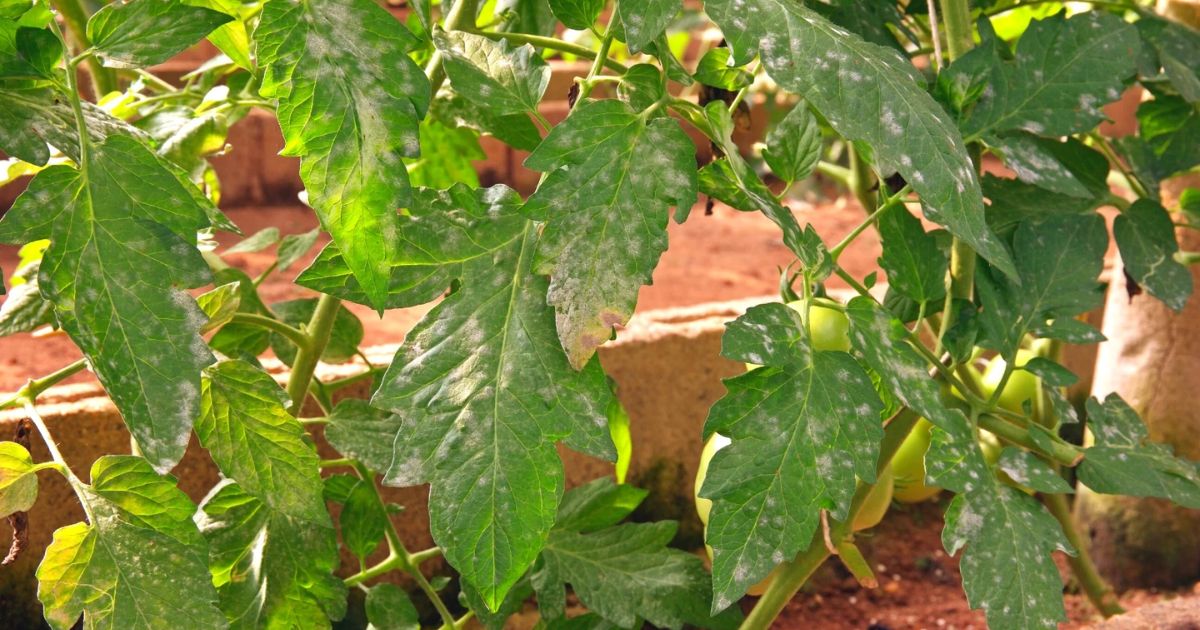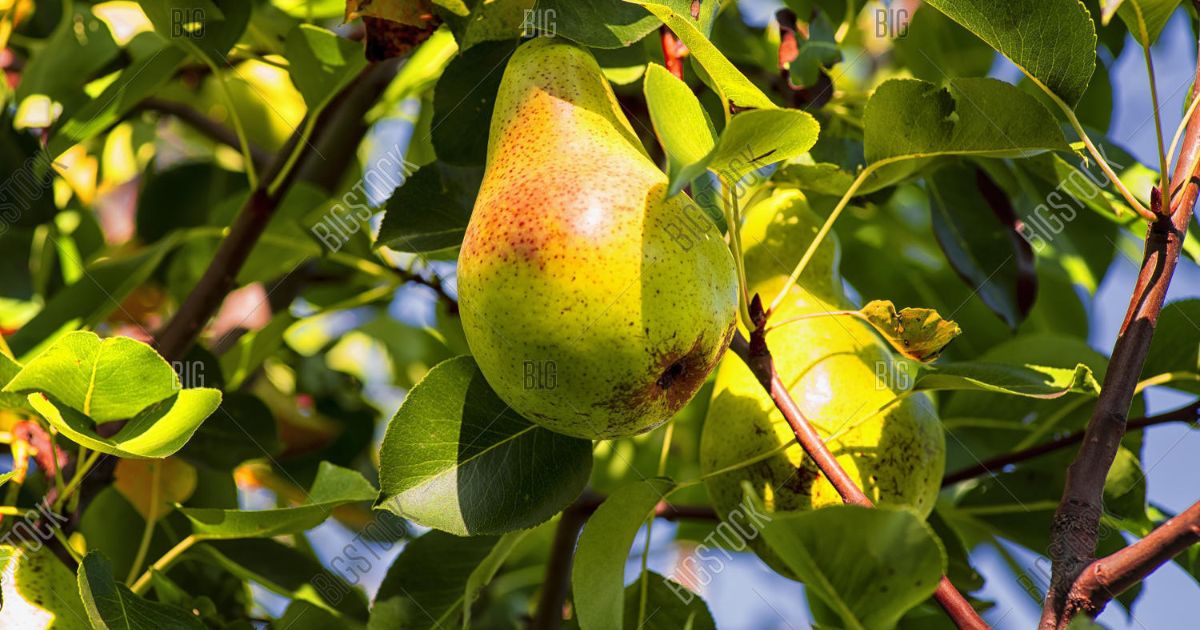Planting trees is rewarding and environmentally beneficial, but choosing the right season is crucial for their long-term success. While many people associate spring with new growth, fall is the best season for planting trees. The cooler temperatures, increased soil moisture, and reduced stress on young trees create ideal conditions for root development. Additionally, fall planting allows trees to establish strong roots before winter, giving them a head start for vigorous growth in spring. With fewer pests, lower disease risks, and better availability at nurseries, autumn provides the perfect opportunity to plant trees that will thrive for years.
Ideal Weather Conditions for Planting Trees in Fall
Fall provides the perfect weather conditions for planting trees. The cooler temperatures reduce heat stress on recently planted plants, enabling them to concentrate on root growth. Unlike summer, when extreme heat can dry out the soil and cause water loss, fall offers a more stable and moisture-rich environment. Additionally, the risk of sudden frost is lower in early fall, giving trees enough time to establish their roots before winter. Bare Root Strawberries The combination of mild temperatures and consistent rainfall ensures trees can settle into the soil without excessive watering, promoting healthier and more vigorous growth.
More Muscular Root Development in Fall
One of the biggest benefits of . planting is the opportunity for more vigorous root development. During this season, trees naturally shift their energy from producing leaves and flowers to growing their roots. The cooler temperatures reduce stress on the plant, allowing roots to expand deep into the soil before winter arrives. Even as the air temperature drops, the soil remains warm enough to support continuous root growth. This early root establishment helps trees absorb essential nutrients and moisture, giving them a head start for rapid growth in spring. A well-developed root system ensures stability, resilience, and long-term tree health.
Moist Soil and Reduced Watering Needs in Fall
Fall provides naturally moist soil, which is essential for newlyplanting trees in the fall. Unlike summer, when high temperatures cause rapid evaporation and dry out the soil, autumn offers consistent rainfall and cooler weather that help maintain soil dampness. Because of this, trees don’t require as much frequent watering. for trees to establish their roots. Additionally, moist soil is softer, allowing roots to penetrate deeper and access essential nutrients. With less heat stress and sufficient water availability, trees can focus on root development rather than survival. This natural hydration support makes fall an ideal season for planting trees with minimal maintenance.
Less Pest and Disease Pressure in the Fall
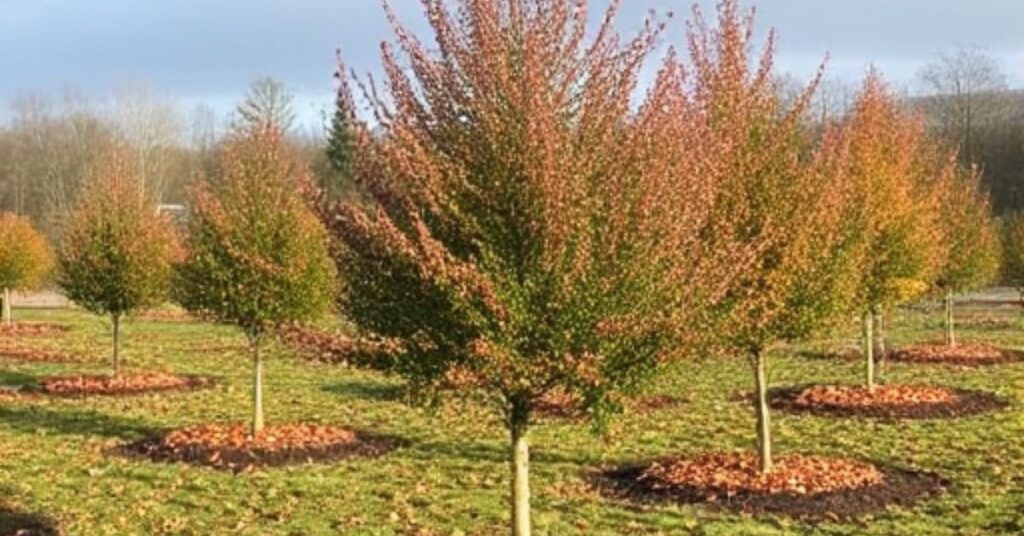
One key benefit of planting trees in the fall is the reduced risk of pests and diseases. During spring and summer, many harmful insects, such as aphids, beetles, and caterpillars, are highly active and can damage young trees by feeding on their leaves, stems, and roots. Additionally, warm and humid conditions during these seasons promote the growth of fungal infections and bacterial diseases, which can weaken newly trees that can be planted in fall.
In contrast, fall brings cooler temperatures that slow down insect activity and minimize the spread of plant diseases. Many pests enter dormancy or migrate, reducing the chances of infestations. Furthermore, lower humidity levels in autumn create an unfavorable environment for fungal growth, Top Tips for Winter Vegetable Storage: decreasing the risk of root rot, mildew, and other common tree diseases.Planting trees in the fall gives them a better chance to establish strong roots without the added stress of pests and infections. This healthier start helps ensure that trees grow stronger and more resilient, leading to better survival rates in the long run.
Better Availability and Selection in Fall
Fall is one of the best times toplanting tree in fall because of ideal growing conditions and better availability and selection at nurseries and garden centers. During this season, nurseries often stock various trees to clear inventory before winter. This means homeowners and landscapers can access healthy, well-developed trees ready to be planted.Additionally, many nurseries offer discounts in the fall, making it a cost-effective time to purchase trees. Since garden centers aim to reduce their stock before the colder months, they may provide deals on a wide selection of species, How to Protect Trees and Shrubs in Winter including native and ornamental trees. This allows buyers to choose the best trees for their specific landscape needs without breaking the budget.Another advantage of fall tree shopping is that trees are often in their dormant phase, meaning they experience less transplant shock when moved to a new location. With a more excellent selection, better prices, and healthier trees, fall is the ideal season for planting and ensuring long-term tree success.
A Head Start for Spring Growth
Planting trees in the fall gives them a significant advantage when spring arrives. Unlike trees planted in spring, which must immediately focus on root development and top growth, fall-planted trees can establish their root systems before winter. This early root development allows them to absorb nutrients and moisture throughout the colder months, preparing them for rapid growth once temperatures warm up.
While the tree may appear dormant above ground during the winter, its roots grow slowly beneath the soil. By spring, these trees already have a well-established root system, enabling them to take full benefit from the warmer temperatures and more daylight hours. As a result, they experience faster leaf and branch growth compared to trees planted in spring, Best Strawberry Types which are still struggling to adapt.Fall-planted trees are better equipped to handle summer heat and drought because their strong roots can access deeper water sources. This resilience leads to healthier, more vigorous trees that can thrive for years. Planting in the fall ensures your trees get the best possible start for a successful spring-growing season.
What About Planting in Other Seasons?
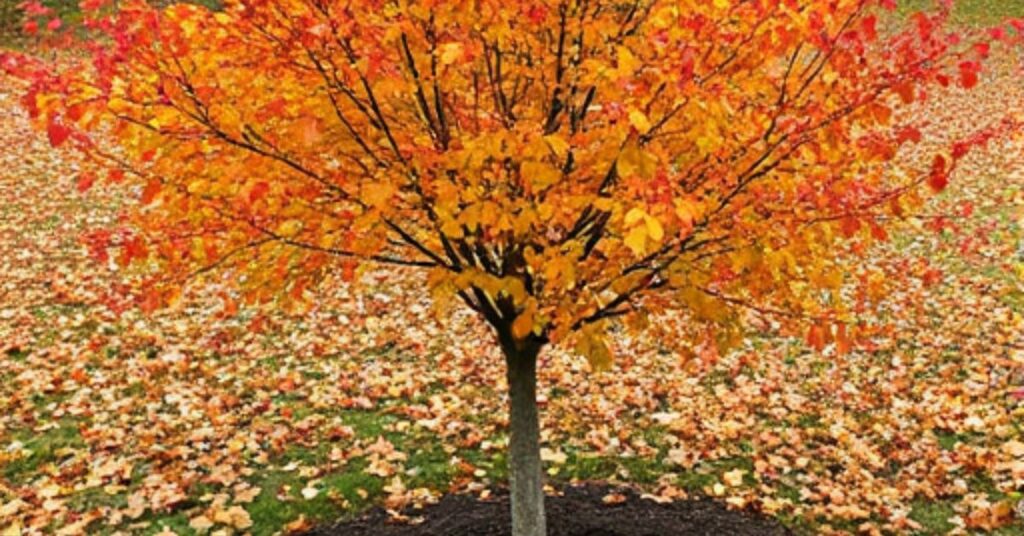
While fall is often considered the best time to plant trees, planting in other seasons can also be successful, but each comes with challenges and considerations.can you plant trees in spring
Spring is a popular planting season, as warmer weather and longer daylight hours encourage active growth. However, trees planted in spring often experience more stress, as they have to simultaneously focus on root establishment and leaf production. This can slow their growth during the critical early stages. Additionally, pests and diseases are more active in spring, increasing the risk of damage to young trees.
Summer: Summer planting is generally not recommended because of the intense heat and dry weather, which can lead to dehydration and transplant shock. Trees planted in summer require frequent watering; even then, the high temperatures can make it difficult for them to establish strong roots. How to Make a Christmas Tree Last Longer While some drought-tolerant species may fare better in summer, the season is typically the least favorable for most trees.
Winter: Winter planting is also not ideal, as the ground is often frozen, making it difficult to dig holes for planting. In regions with harsh winters, trees may be unable to establish roots before the freezing temperatures set in. However, in mild climates with soft soil, planting in late fall or early winter before the ground freezes may still be viable, especially for certain evergreen species.
best time to plant trees in the fall while planting in spring, summer, or winter is possible, fall provides the most favorable conditions for tree planting, offering the right balance of temperature, moisture, and reduced stress for successful root establishment.
Conclusion
Planting trees in the fall is the best way to ensure long-term health and success. The season offers ideal weather conditions, with cooler temperatures and moist soil that promote strong root development. trees you can plant in the fall have a significant advantage, as they are able to take root before winter arrives, reducing transplant shock and improving survival rates.Additionally, fall planting reduces the risk of pests and diseases, giving young trees a healthier start. The availability of a wide selection of trees at nurseries, often at discounted prices, makes autumn a cost-effective time for planting. Moreover, trees planted in fall get a head start for spring growth, allowing them to flourish more quickly when the growing season begins.
By choosing to plant in the fall, homeowners, gardeners, and landscapers can enjoy healthier, more vigorous trees that require less maintenance and are better prepared to withstand harsh weather conditions. can you plant trees in november For shade, beauty, or environmental benefits, fall is undoubtedly the best season to plant trees and invest in a greener future.
FAQ
1. Why is fall the best time to plant trees?
Fall provides cooler temperatures and moist soil, which reduce stress on new trees and help them develop strong root systems before winter. It also offers fewer pests and diseases, allowing the trees to establish themselves more easily.
2. Can trees be planted in winter?
While winter planting is not ideal due to frozen soil, certain evergreen trees can be planted in late fall before the ground freezes. However, fall is typically the best season for tree planting.
3. What types of trees should be planted in the fall?
Most deciduous trees and some evergreen trees are ideal for fall planting. Species such as maples, oaks, birches, pines, and spruces thrive when planted in autumn.
4. How do fall temperatures benefit tree planting?
Fall temperatures are mild, reducing transplant shock and allowing trees to focus on root growth instead of leaf production. This results in healthier trees better prepared for the next growing season.
5. How does the soil moisture affect fall tree planting?
Fall typically brings more rainfall and consistent moisture, perfect for establishing roots. The moist soil helps young trees settle in without excessive watering.
6. What is root development, and why is it important?
Root development is the growth of a tree’s root system. In fall, trees focus energy on growing roots, which provides stability, better nutrient absorption, and a more substantial increase in the spring.
7. Are there any risks to planting trees in the fall?
The only risk to planting in fall is waiting too long, which may result in freezing ground before the tree establishes roots. However, planting early in the fall allows plenty of time for proper root development.

